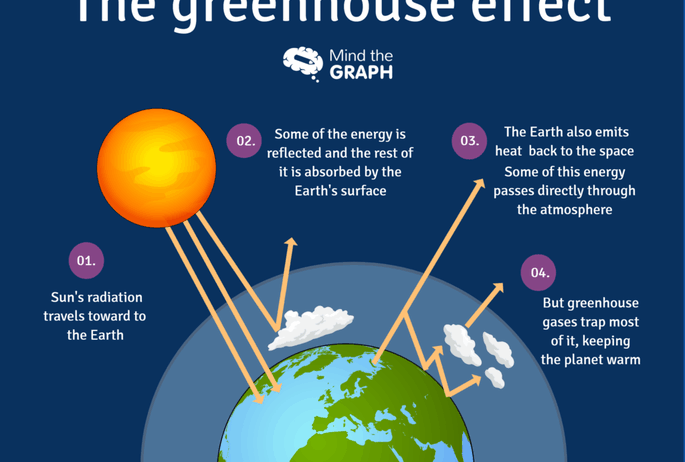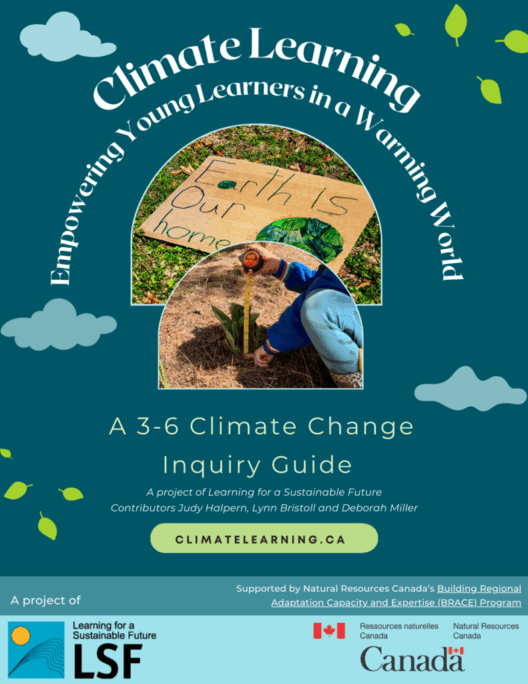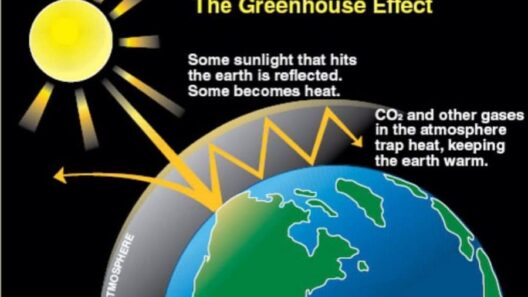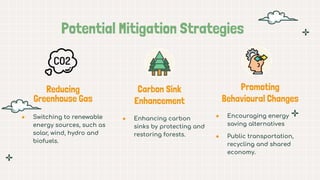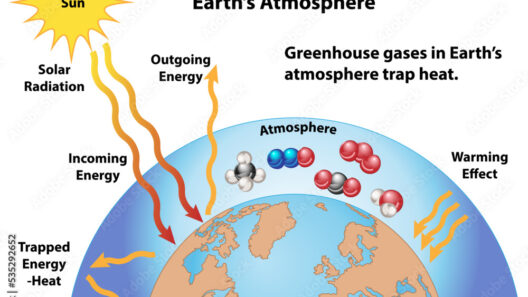The Earth is enveloped by a delicate balance of natural processes, one of which is the greenhouse effect. This phenomenon, often vilified in discussions about climate change, is a critical component in maintaining the planet’s temperature and, consequently, supporting life as we know it. Understanding the greenhouse effect is essential for grasping the broader narrative of environmental science and climate dynamics.
At its core, the greenhouse effect refers to the process by which certain gases in Earth’s atmosphere trap heat. This thermal retention is vital for life—it supports the Earth’s average temperature, enabling it to sustain ecosystems, agriculture, and diverse habitats. However, as human activities accelerate the concentration of these greenhouse gases, the equilibrium of this natural process is disrupted, leading to a cascade of environmental consequences.
To comprehend this intricate mechanism, one must delve into the interplay of solar energy, atmospheric composition, and terrestrial feedback loops. Let’s explore how the greenhouse effect operates, the gases involved, and the implications of its intensification.
Understanding Solar Radiation and Earth’s Atmosphere
The greenhouse effect begins with solar radiation. Approximately 30% of the sunlight that reaches the Earth is reflected back into space by clouds, atmospheric particles, and reflective surfaces such as ice and snow. The remaining 70% is absorbed by the land and oceans, warming the planet. Earth then emits this energy back into the atmosphere in the form of infrared radiation.
However, not all of this longwave radiation escapes freely into space. Herein lies the crucial function of greenhouse gases. Gases such as carbon dioxide (CO2), methane (CH4), nitrous oxide (N2O), and water vapor absorb a significant portion of this emitted infrared energy. Rather than escaping, the energy is re-radiated in all directions, including back towards the Earth’s surface. This process forms a thermal blanket that keeps the planet warmer than it otherwise would be.
The Natural Stabilizers: Greenhouse Gases in Focus
To appreciate the greenhouse effect fully, one must examine the principal greenhouse gases that drive this process. Carbon dioxide plays a prominent role, primarily produced by the burning of fossil fuels, deforestation, and various industrial activities. Its long atmospheric lifetime makes it a significant player in climate change discussions.
Methane, while less abundant, is considerably more effective at trapping heat, with over 25 times the warming potential of carbon dioxide over a century. Methane emissions stem from agriculture, landfills, and the oil and natural gas industry.
Nitrous oxide, another potent greenhouse gas, arises predominantly from agricultural practices and fossil fuel combustion. It possesses a warming potential nearly 298 times that of carbon dioxide over a 100-year period. Understanding these gases is crucial, for their disproportionate impact can profoundly influence the gauge of global warming.
Water vapor acts as both a natural greenhouse gas and amplifier of climate change. As the planet warms, more water evaporates, increasing humidity levels and further trapping heat. This positive feedback loop can induce acceleration in the greenhouse effect, making it imperative to understand both its benefits and its potential for harm.
The Role of Human Activity: Amplifying the Greenhouse Effect
Human industrialization has profoundly altered the natural greenhouse effect. The advent of the Industrial Revolution marked the beginning of massive carbon emissions from fossil fuel combustion, leading to an unprecedented rise in atmospheric greenhouse gas concentrations. Deforestation, urbanization, and agricultural practices compound these impacts, releasing additional greenhouse gases into the atmosphere.
On a geological timescale, the current levels of carbon dioxide are the highest they have been in millions of years. This drastic increase, coupled with the corresponding rise in global average temperatures, raises fundamental questions about the sustainability of our current trajectory. Are we nearing a tipping point where the greenhouse effect might spiral beyond our control?
The Consequences of an Intensified Greenhouse Effect
The implications of an intensified greenhouse effect are profound and multifaceted. Global warming leads to melting polar ice caps, which in turn raises sea levels and threatens coastal ecosystems. Extreme weather events such as hurricanes, floods, and droughts have become more frequent and intense due to the shifting climate patterns driven by enhanced greenhouse effects.
Besides environmental repercussions, there are socioeconomic consequences. Vulnerable communities face heightened food insecurity, displacement, and health issues as they grapple with climate-related challenges. Understanding these aspects highlights the interconnectedness of environmental stewardship and social responsibility.
The Path Forward: Mitigating Climate Change
Addressing the challenges posed by the greenhouse effect demands a collective commitment to sustainability and innovation. Transitioning to renewable energy sources, increasing energy efficiency, and implementing reforestation initiatives are crucial steps. Additionally, fostering awareness and education about the greenhouse effect will empower individuals and communities to take informed action.
Investing in green technologies, advocating for policy changes, and supporting sustainable practices can not only mitigate greenhouse gas emissions but also promote ecological resilience. It’s a call to action that resonates beyond borders, uniting people in the shared challenge of preserving our planet.
In conclusion, the greenhouse effect is a natural process vital for life on Earth. However, human activities have intensified this phenomenon, with significant implications for climate and society. Understanding its mechanics, effects, and potential solutions is fundamental in reimagining our relationship with the environment and fostering a sustainable future.



